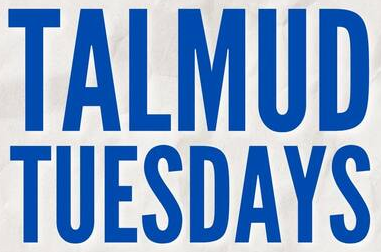MISHNA: If the priest pinched the nape of the bird’s neck properly and then it was found to be a tereifa, and it was therefore disqualified from being sacrificed and forbidden for consumption by a priest, Rabbi Meir says: An olive-bulk of its meat does not render one who swallows it ritually impure when it is in the throat, as the pinching prevents it from assuming the status of a carcass. Rabbi Yehuda says: Its status is like any other carcass of an unslaughtered kosher bird, and its meat renders one who swallows it ritually impure. Rabbi Meir said: My opinion can be inferred a fortiori. If an animal carcass transmits impurity to a person through touching it and through carrying it, and nevertheless the slaughter of an animal purifies it, even if it is a tereifa, from its impurity, i.e., its slaughter prevents it from assuming the impurity status of a carcass, then with regard to a bird carcass, which possesses a lesser degree of impurity, as it does not transmit impurity to a person through touching it and through carrying it, but only through swallowing it, is it not logical that its slaughter should purify it, even if it is a tereifa, from its impurity? And once it is established that slaughter renders a bird that is a tereifa pure, it can be inferred that just as we found with regard to its slaughter that it renders a bird fit for consumption and purifies a bird, even if it is a tereifa, from its impurity, so too its pinching, which renders a bird offering fit with regard to consumption, should purify it, even if it is a tereifa, from its impurity.
§ The Gemara returns to the disagreement cited earlier: The Master says that Rabbi Yoḥanan said to Reish Lakish: But is not all of Eretz Yisrael inspected for impurity? Since Reish Lakish’s response to this question is not mentioned, the Gemara clarifies: With regard to what do they disagree? One Sage, Reish Lakish, holds that the flood in the time of Noah descended upon Eretz Yisrael, and its residents perished. It is therefore necessary to inspect the place where the red heifer is burned to ascertain whether it is a gravesite. And one Sage, Rabbi Yoḥanan, holds that the flood did not descend upon Eretz Yisrael, and there is no reason to suspect there are lost graves there.



